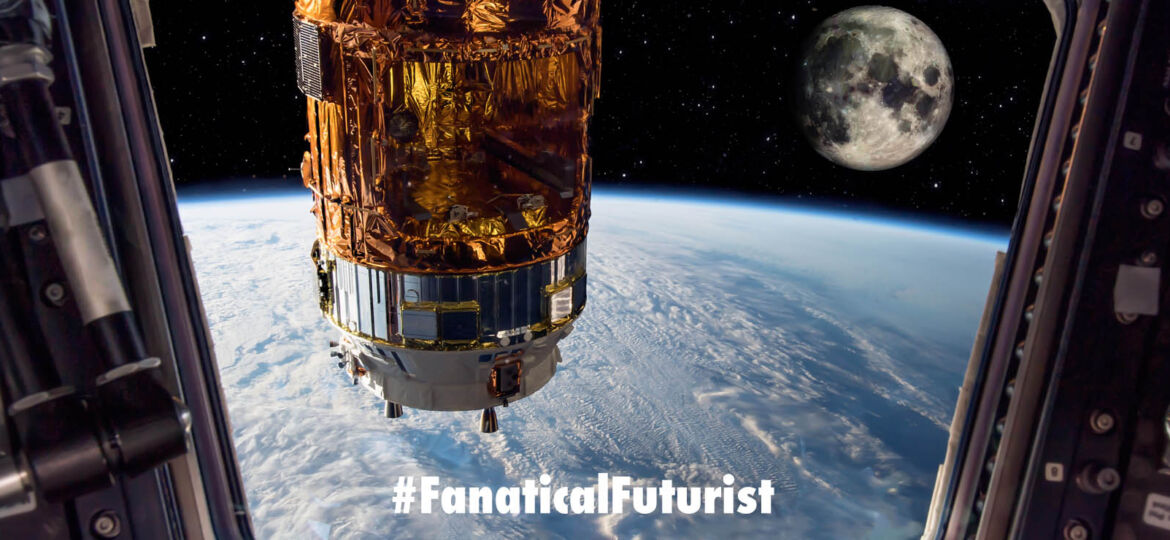
WHY THIS MATERS IN BRIEF
As humanity continues to eye space as the next great adventure we need more efficient anti-gravity systems.
Interested in the future and want to experience even more?! eXplore More.
A little while ago I discussed NASA’s Artificial Gravity experiment, and like me, if you’ve seen any science fiction films you’ll know you can’t have space and space stations without it.
In the movies most artificial gravity systems are like the ones seen in 2001: A Space Odyssey – massive centrifuge-like space stations that spin around a central axis to create the sensation of artificial gravity for off-world travellers and space tourists, the latter of which will soon be a “thing” as companies including Blue Origin, SpaceX and Virgin Galactic all prepare their rockets and space planes for launch.
While we have yet to build a huge spinning space station though, although it’s on Jeff Bezos’ wish list after unveiled his vision to get over a million people living in his off world space colonies, researchers from University of Colorado at Boulder in partnership with NASA have decided to miniaturize the effect instead, with a device small enough to fit inside a room that spins participants to mimic the effect of Earth-like gravity.
Creating the illusion of gravity could be of great benefit to astronauts struggling with the not-yet-fully-understood effects of microgravity for months at a time too.
“The point of our work is to try to get more people to think that maybe artificial gravity isn’t so crazy,” Kathrine Bretl, a graduate student involved in the project said according to a statement. “Maybe it has a place outside of science fiction.”
Unfortunately, motion sickness is still as much of a thing here on Earth as it is in space which is one of the main reasons why scientists have shied away from the idea in the past. The team, however, decided to put that to the test and invite volunteers to spin on their centrifuge for 10 vomit-inducing sessions.
And the results were promising – at 17 revolutions per minute, the effect became tolerable over time.
“As far as we can tell, essentially anyone can adapt to this stimulus,” aerospace engineer Torin Clark, who led the team said, and if they crack the technology then you too could one day experience gravity on Earth, er, I mean in space…
















